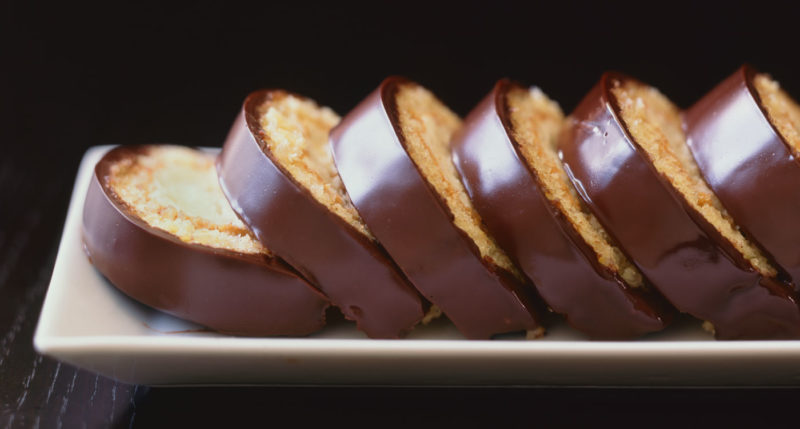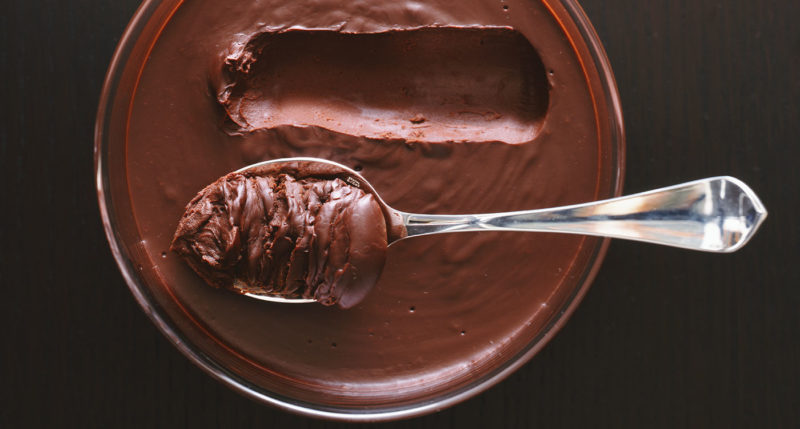Fran’s Sugar Tart Crust
This easy-to-handle French tart dough is as simple as it is superb. If you follow the instructions step by step, you’ll have a wonderfully crumbly, slightly sweet cookie dough that won’t shrink or puff when baked, eliminating the need for pie weights. Low-gluten cake flour makes all the difference––it stays short and crisp, without tightening in the oven. The only trick you need to know for rolling any tart dough is to handle it lightly and return it to the refrigerator if it becomes too soft to handle.
Makes enough for one 9-inch round tart shell or twelve 3-inch round tart shells
Ingredients
- ¾ stick (6 tablespoons) unsalted butter, room temperature
- ¼ cup sugar
- 1 large egg yolk
- 1 cup cake flour
- all-purpose flour for dusting
Directions
- In a mixer fitted with the paddle attachment, cream together the butter and sugar on medium-high speed, about 2 minutes. Scrape down the sides of the bowl.
- Add the egg yolk. Continue mixing on medium-high speed for 1 to 2 minutes, until pale yellow in color and completely smooth. Scrape down the sides of the bowl.
- Add the cake flour. Mix on low speed just until blended, being careful not to over-mix. Transfer to a sheet of plastic wrap and gently pat into a ball. Wrap well and chill for at least 2 hours or overnight.
To roll out the dough
- Lightly butter a 9-inch round tart pan or twelve 3-inch round tart pans with removable bottoms.
- Remove the chilled dough from the refrigerator. Let the dough warm on the counter for about 20 minutes, until pliable but still cool to the touch.
- On a lightly floured board gently knead the dough a few times. Pat into a ball, then with the palms of your hands flatten into a 5-inch round disk. With a floured rolling pin, begin rolling from the center out, lifting and turning until an 11½-inch circle, about 1/8 inch thick, is formed. Keep dusting the board and pin with all-purpose flour as needed.
- Gently lift and roll the dough onto the rolling pin, brushing off any excess flour with a pastry brush. Place the dough in the buttered tart pan and unroll, taking care not to roll the pin along the top edge of the pan.
- Press the dough into the bottom and around the edges of the pan, keeping the sides even and thick. (Cracks can be repaired by lightly moistening the broken edges with a few drops of water and patching with small scraps of dough.) Using a sharp paring knife, trim excess dough along the edges. Pierce the bottom with the tines of a fork and place in the refrigerator. Chill for at least 30 minutes or until firm.
To bake an empty tart shell
- Position a rack in the middle of the oven and preheat the oven to 350°F.
- Place the chilled tart shell on a baking sheet. Bake for 20 to 25 minutes, until the top is blistered and dry. The shell should feel firm to the touch. It will crisp as it cools.
Variation
For 3-inch round individual tarts, roll the dough out into a rectangle, about 9 by 12 inches. With a 4-inch round cookie cutter cut out circles. Transfer the circles of dough to the buttered tart pans, pressing into the bottom and sides following the same procedure as for a larger tart. Bake small tarts at 350°F for 18 to 20 minutes. Dough scraps may be gathered, returned to the refrigerator to chill, and rerolled.
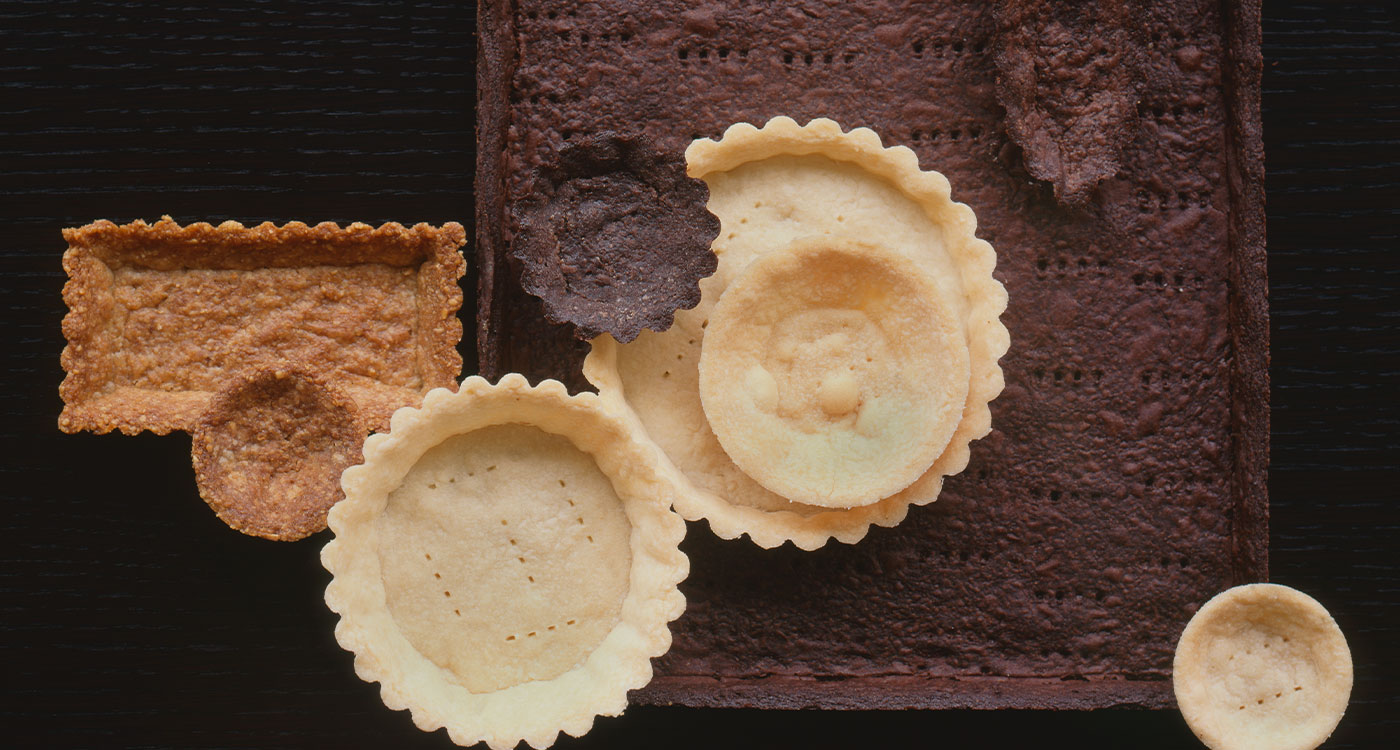
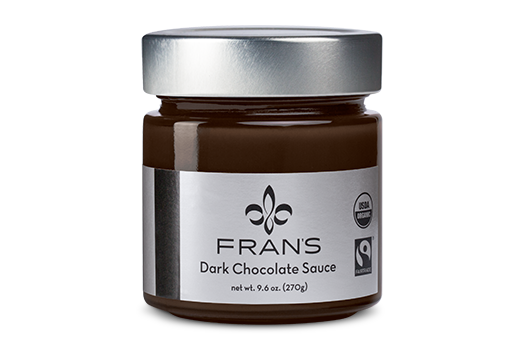 dark chocolate sauce
dark chocolate sauce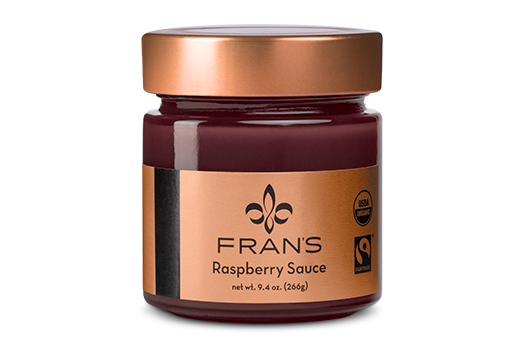 raspberry sauce
raspberry sauce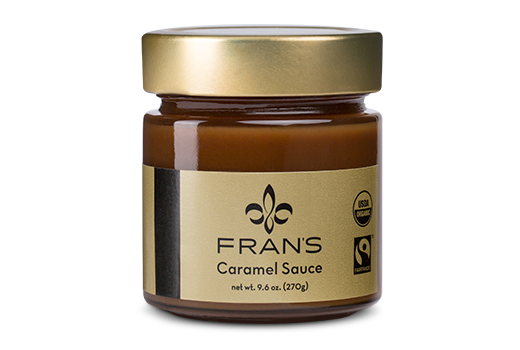 caramel sauce
caramel sauce Baking Bars
Baking Bars
